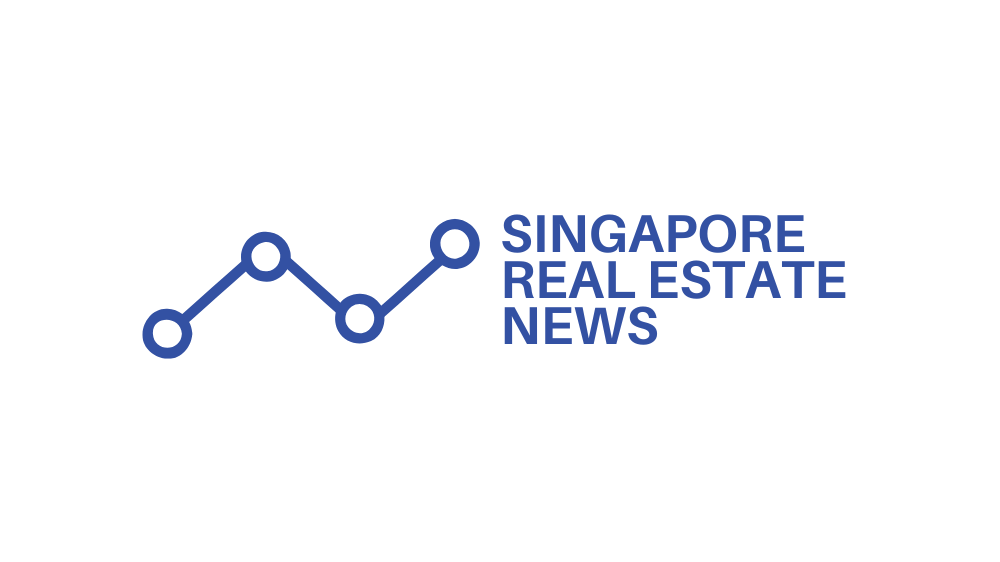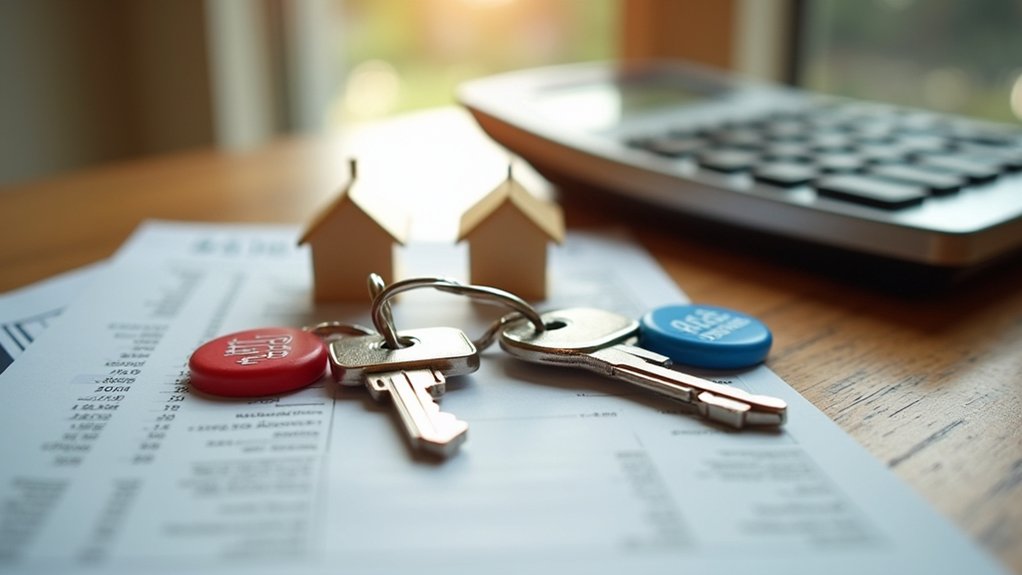How should prospective homebuyers in Singapore navigate the fundamental choice between Housing & Development Board (HDB) loans and bank loans when financing their flat purchase? The decision involves weighing multiple factors spanning eligibility requirements, interest rate structures, downpayment obligations, loan tenure parameters, and repayment flexibility. These collectively determine long-term financial implications.
Eligibility criteria constitute the first differentiating factor. HDB loans require at least one Singapore citizen and impose income ceilings of S$14,000 monthly for families or S$21,000 for extended families. In contrast, bank loans impose no citizenship or income ceiling restrictions and remain available to Singaporeans, permanent residents, and foreigners.
HDB loans restrict buyers to a maximum of two prior HDB loans throughout their lifetime. Conversely, bank loans depend on credit assessment, including credit score evaluation, income stability verification, and compliance with Total Debt Servicing Ratio (TDSR) and Mortgage Servicing Ratio (MSR) calculations.
Interest rate structures present contrasting approaches. HDB loans maintain a fixed 2.6% per annum rate pegged at 0.1% above the CPF Ordinary Account rate, providing predictable repayment amounts. Bank loan rates fluctuate and currently start from 2.20% per annum, having ranged from 1.2% to 4.5% over the past decade. This introduces rate volatility in repayments. The government’s plan to launch 100,000 BTO flats between 2021-2025 aims to moderate price appreciation and improve housing affordability.
Downpayment requirements differ substantially. HDB loans require a 20% downpayment that can be fully covered by CPF savings without mandatory cash components for eligible portions, reducing immediate financial strain. Bank loans require a 25% downpayment with at least 5% paid in cash, potentially challenging buyers with liquidity constraints. In 2025, the Loan-to-Value limit was reduced from 80% to 75% for HDB loans, necessitating this higher downpayment.
Loan tenure parameters also diverge. HDB loans are capped at 25 years or until the buyer reaches age 65, which may result in higher monthly instalments. Bank loans for HDB flats can extend up to 30 years, subject to bank criteria, offering lower monthly payments through extended tenure. For loans exceeding 25 years or for borrowers over 65, the Loan-to-Value reduces to 55%.
Repayment flexibility represents another critical distinction. HDB loans permit full or partial early repayment without penalties and typically waive late payment penalties for first-time offenders upon appeal. In contrast, bank loans commonly impose early repayment penalties of 1.5% during lock-in periods and maintain variable penalty structures without guaranteed waivers.





